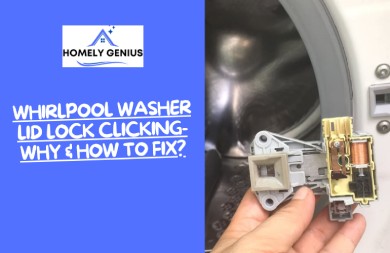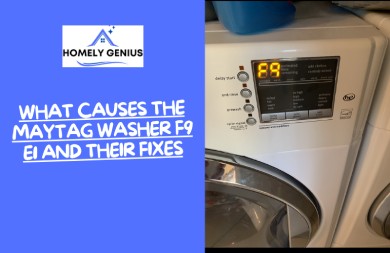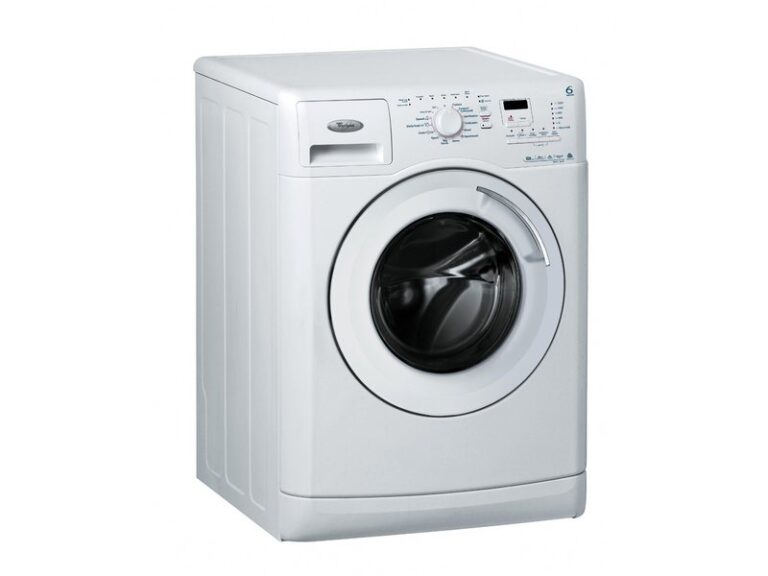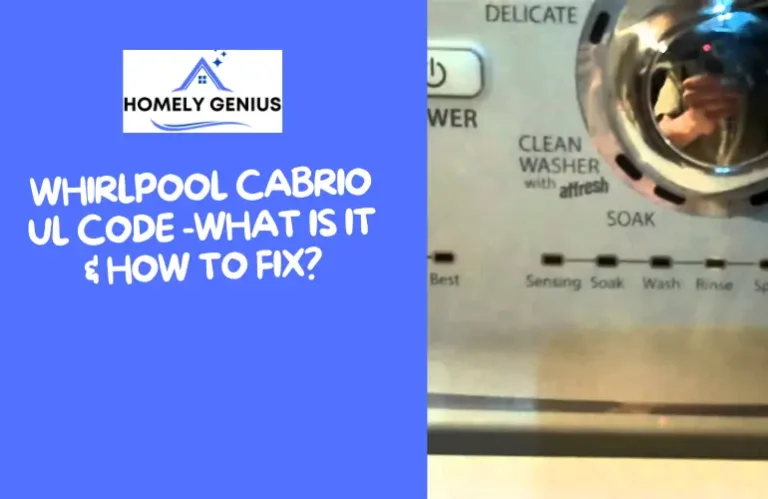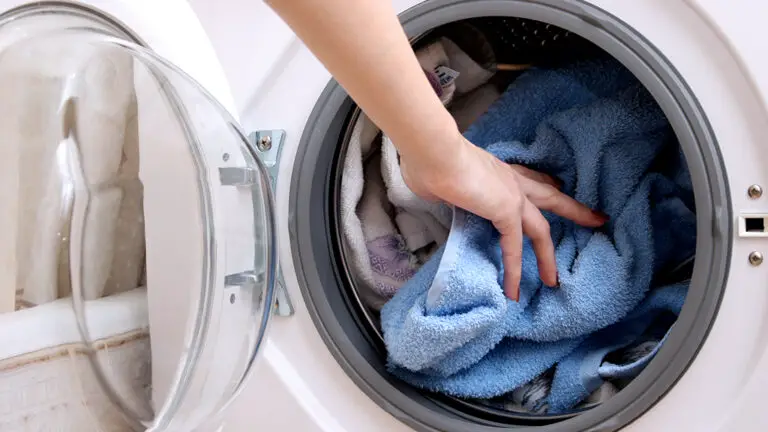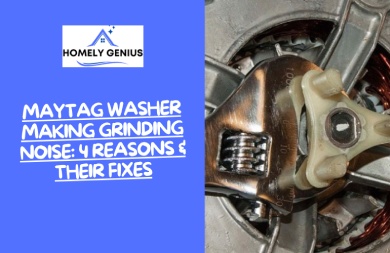Dish Washer Wont Start: Top Troubleshooting Tips to Fix It
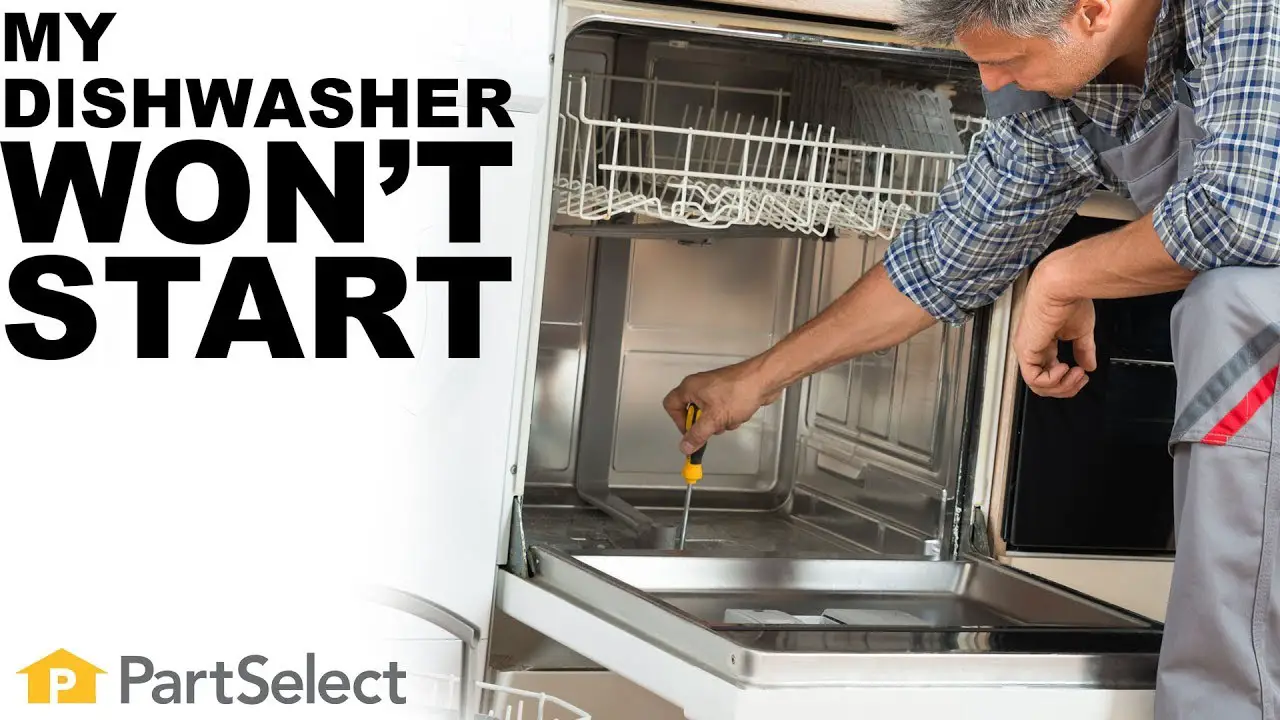
If your dishwasher won’t start, check the power source and door latch. Ensure the control settings are correct.
A dishwasher that refuses to start can be frustrating. First, verify that it’s plugged in and the circuit breaker hasn’t tripped. Inspect the door latch to ensure it closes properly, as a faulty latch can prevent the dishwasher from starting.
Additionally, confirm the control settings are correctly configured, as an incorrect cycle selection can also be the culprit. Regular maintenance, such as cleaning the filter and checking for blockages, can help prevent startup issues. Addressing these common problems can save you time and money before calling a professional. Proper troubleshooting ensures your dishwasher runs smoothly and efficiently.

Credit: m.youtube.com
Common Power Issues
Sometimes, a dishwasher won’t start due to power issues. Understanding these issues can help you fix the problem quickly. Let’s explore some common power issues that might be causing trouble.
Check Power Supply
The first step is to check the power supply. Ensure the dishwasher is properly plugged in. Sometimes, the plug can become loose or disconnected.
- Check if the plug is secure in the outlet.
- Ensure the outlet is working.
- Test the outlet with another device.
If the outlet is not working, try another outlet. This helps determine if the problem is with the outlet or the dishwasher.
Inspect Circuit Breaker
Another important step is to inspect the circuit breaker. A tripped breaker can cut power to the dishwasher.
- Locate your home’s electrical panel.
- Find the breaker labeled for the dishwasher.
- Check if the breaker is in the “off” position.
If the breaker is tripped, switch it off and then on again. This action resets the breaker and restores power to the dishwasher.
If the breaker trips again, there may be an electrical issue. Consider consulting an electrician for further inspection.
Credit: www.reddit.com
Door Latch Problems
One common issue causing a dishwasher not to start is door latch problems. The door latch ensures the dishwasher door is securely closed before starting. If the door latch malfunctions, the dishwasher remains idle. Understanding and fixing door latch issues can save you from calling a repair technician.
Examine Door Latch
First, inspect the door latch for any visible damage. Ensure the latch clicks into place when closing the door. If the latch doesn’t catch, the dishwasher won’t start.
Use a flashlight to check for debris around the latch. Sometimes food particles or grime can obstruct proper closure. Clean the latch area with a damp cloth to remove any obstructions.
Next, check the latch alignment. A misaligned latch can prevent the dishwasher from starting. Adjust the latch by gently pushing it to its proper position. Ensure the door closes securely after the adjustment.
Replace Faulty Latch
If the latch is damaged, replacing it may be necessary. Follow these steps to replace a faulty latch:
- Unplug the dishwasher to ensure safety.
- Open the dishwasher door and locate the latch assembly.
- Use a screwdriver to remove the screws securing the latch.
- Disconnect the wires attached to the latch.
- Remove the old latch and replace it with a new one.
- Reconnect the wires and secure the new latch with screws.
- Close the dishwasher door and plug it back in.
Testing the new latch is important. Close the door and start the dishwasher. If the latch works correctly, the dishwasher should start without issues.
| Step | Description |
|---|---|
| 1 | Unplug dishwasher |
| 2 | Locate latch assembly |
| 3 | Remove screws |
| 4 | Disconnect wires |
| 5 | Replace latch |
| 6 | Reconnect wires |
| 7 | Secure new latch |
| 8 | Test the latch |
By following these steps, you can fix door latch problems and get your dishwasher running again. A functional door latch ensures your appliance starts efficiently, saving you time and hassle.
Control Panel Malfunctions
The control panel is the brain of your dishwasher. It manages all functions and settings. Control panel malfunctions can stop your dishwasher from starting. Understanding these issues is crucial for fixing them.
Reset Control Panel
Resetting the control panel can solve many issues. Follow these steps to reset:
- Turn off the dishwasher.
- Unplug it from the power source.
- Wait for 5 minutes.
- Plug it back in.
- Turn on the dishwasher.
If the problem persists, further inspection is needed.
Inspect For Damage
Inspect the control panel for any visible damage. Check for:
- Cracks or breaks in the panel.
- Loose or damaged buttons.
- Burn marks or discoloration.
Damaged panels may need replacement. Consult a professional for help.

Credit: justintimeappliance.com
Timer And Motor Issues
Is your dishwasher refusing to start? One common issue could be related to the timer or the motor. These components are essential for the proper operation of your dishwasher. Let’s delve deeper into how you can troubleshoot these problems.
Test Timer
The timer controls the dishwasher’s cycle. A faulty timer can prevent the dishwasher from starting. Here’s how to test it:
- Turn off the power supply to the dishwasher.
- Locate the timer, usually found behind the control panel.
- Use a multimeter to test the timer for continuity.
- Replace the timer if it shows no continuity.
Check Motor Function
The motor is responsible for powering the spray arms and pump. If the motor fails, the dishwasher won’t start. Follow these steps to check the motor:
- Disconnect the power to the dishwasher.
- Access the motor by removing the bottom panel.
- Inspect the motor for any visible damage.
- Use a multimeter to check motor continuity.
- Replace the motor if it shows no continuity or damage.
By addressing the timer and motor issues, you can often resolve the problem of a dishwasher that won’t start. Regular maintenance can help prevent these issues from arising in the first place.
Water Supply Concerns
Your dishwasher relies on a steady water supply. Without water, it won’t start. Ensuring the water supply is crucial. This section will guide you through the steps.
Verify Water Connection
First, check if the water connection is secure. Look under the sink for the water supply valve. Make sure it is fully open. Sometimes, valves can get partially closed. This blocks water flow.
If the valve is open, check the hose. Ensure the hose is not kinked or damaged. A damaged hose can restrict water flow. Here is a quick checklist:
- Check the water supply valve
- Ensure the valve is fully open
- Inspect the hose for kinks
- Look for any visible damage
Inspect Water Inlet Valve
The water inlet valve allows water into the dishwasher. If this valve fails, the dishwasher won’t start. Here’s how to inspect it:
- Turn off the water supply
- Locate the water inlet valve (usually at the bottom)
- Use a multimeter to test the valve
Set the multimeter to the ohms setting. Place the probes on the valve terminals. A reading of 500-1500 ohms means the valve is working. If the reading is outside this range, replace the valve.
Checking the water supply is essential. A secure connection and a functioning inlet valve ensure your dishwasher runs smoothly.
Overheating Protection
Dishwashers have an overheating protection feature to keep them safe. This feature prevents damage and fire hazards. If your dishwasher won’t start, the overheating protection might be the issue.
Check Thermal Fuse
First, you need to check the thermal fuse. The thermal fuse is a small device inside the dishwasher. It prevents the appliance from overheating.
- Unplug the dishwasher.
- Locate the thermal fuse. It is often near the control panel.
- Use a multimeter to test the fuse.
If the fuse is blown, the reading will show no continuity. This means you need to replace it.
Replace Blown Fuse
If the fuse is blown, replace the blown fuse with a new one. Follow these steps:
- Buy a new fuse. Make sure it matches your dishwasher model.
- Remove the old fuse carefully. Take note of how it is connected.
- Install the new fuse in the same position.
- Reconnect the wires as they were.
After replacing the fuse, plug in the dishwasher. Try to start it again. If it still doesn’t start, the issue might be something else.
Checking and replacing the thermal fuse is an easy task. It ensures your dishwasher’s safety and extends its life.
Float Switch Problems
One common issue with dishwashers is float switch problems. The float switch helps control water levels inside the dishwasher. If the float switch malfunctions, the dishwasher won’t start. Let’s dive into how to inspect and fix float switch problems.
Inspect Float Switch
First, locate the float switch. It’s usually at the bottom of the dishwasher tub. The float switch looks like a small plastic dome.
- Open the dishwasher door.
- Remove the bottom rack for better access.
- Check if the float switch moves freely. It should move up and down easily.
If the float switch is stuck, it can prevent the dishwasher from starting. Make sure nothing is blocking its movement.
Clean Or Replace Switch
If the float switch is dirty, clean it. Use a soft cloth and warm soapy water. Gently scrub the float switch to remove any debris.
- Disconnect the dishwasher from power.
- Locate the float switch and clean it carefully.
- Reattach the float switch and test its movement.
If cleaning doesn’t fix the problem, you may need to replace the switch. You can find replacement parts online or at a local store.
| Step | Action |
|---|---|
| 1 | Disconnect power |
| 2 | Remove old float switch |
| 3 | Install new switch |
| 4 | Reconnect power |
After replacing the float switch, run a short cycle to ensure it works. If the dishwasher still doesn’t start, other issues might be at play.
Professional Help
Sometimes, your dishwasher won’t start due to complex issues. This is when professional help becomes necessary. Experts can diagnose and fix problems that might be beyond your skills.
When To Call A Technician
If basic troubleshooting fails, it’s time to call a technician. Here are some signs:
- Strange noises: Unusual sounds could mean a mechanical issue.
- Water leakage: Leaks can cause significant damage.
- Electrical issues: If it trips the circuit breaker, call an expert.
- Persistent error codes: These codes often need professional diagnosis.
Cost Of Repairs
Understanding repair costs can help you budget accordingly. Here is a table of average costs:
| Issue | Average Cost |
|---|---|
| Electrical problems | $100 – $250 |
| Water leakage | $150 – $300 |
| Mechanical failures | $200 – $400 |
Always get a quote before starting any repairs. This will help avoid unexpected expenses. Also, consider the age of your dishwasher. Sometimes, replacing it might be more cost-effective.
Frequently Asked Questions
How Do You Reset A Dishwasher That Won’t Start?
To reset a dishwasher that won’t start, unplug it for 1 minute, then plug it back in. Press the “Start/Reset” button.
Why Is My Dishwasher Not Starting The Cycle?
Your dishwasher might not start due to a faulty door latch, power issue, or a malfunctioning control panel. Check for blockages, ensure the door closes properly, and inspect power connections. Resetting the dishwasher might help. If problems persist, consult a professional.
Why Is My Dishwasher Suddenly Not Turning On?
Your dishwasher might not turn on due to a tripped circuit breaker, faulty door latch, or broken control panel. Check the power supply and connections.
What Is The First Step In Diagnosing A Dishwasher That Won T Start?
Check if the dishwasher is plugged in and the circuit breaker is not tripped. This is the first step.
Why Won’t My Dishwasher Start?
Check the power supply, door latch, and control panel for issues. Ensure the dishwasher is properly plugged in.
How Do I Reset My Dishwasher?
Locate the reset button on your dishwasher. Hold it for 3-5 seconds to reset the appliance.
Can A Blown Fuse Stop A Dishwasher?
Yes, a blown fuse can prevent your dishwasher from starting. Check and replace any blown fuses.
Why Is My Dishwasher Door Not Latching?
Inspect for obstructions or misalignments. Ensure the latch mechanism is not damaged and functions properly.
Conclusion
Troubleshooting a dishwasher that won’t start can be frustrating. Follow these simple steps to identify and fix common issues. Regular maintenance helps prevent future problems. Ensure your dishwasher runs smoothly by addressing minor issues promptly. Don’t hesitate to consult a professional if needed.
Enjoy hassle-free dishwashing with these practical tips.

